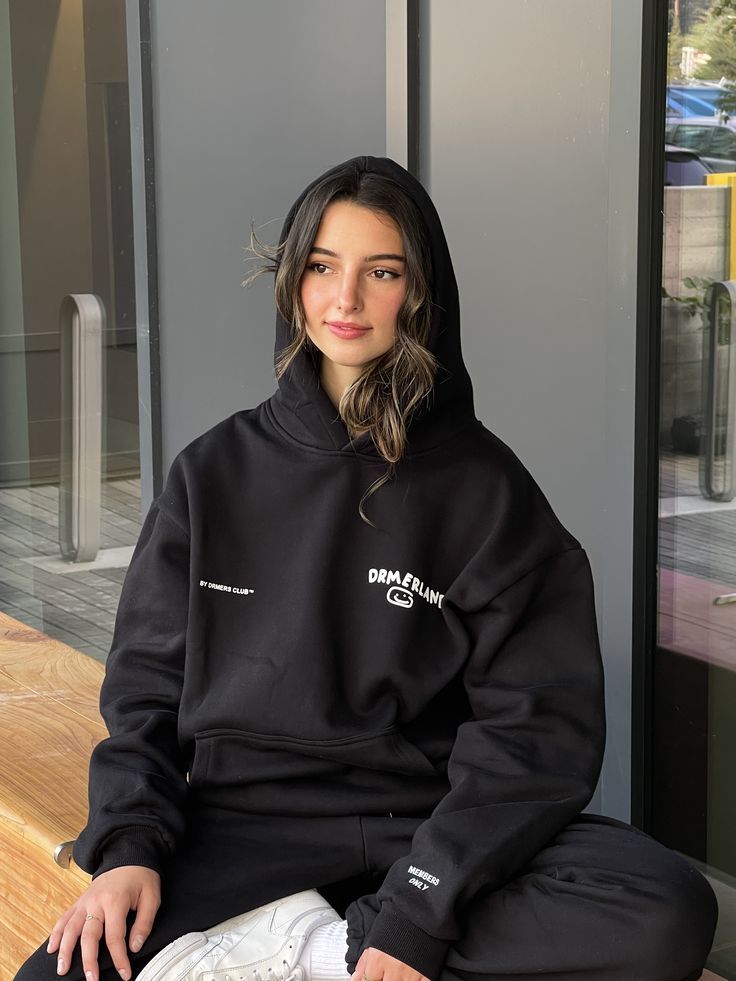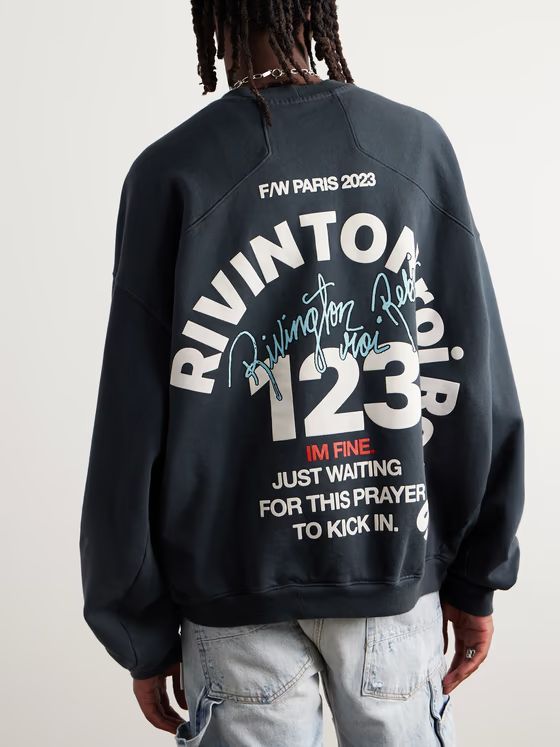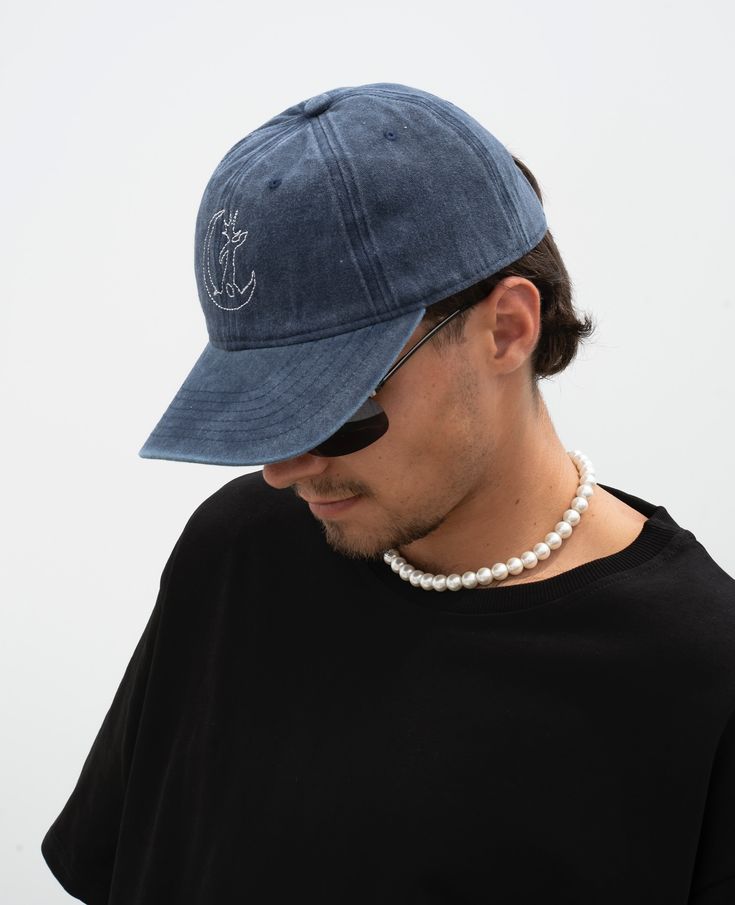Introduction
In 2025, fashion has become a living interface between self-expression and digital evolution. Nowhere is this fusion more evident than in streetwear—a style born from subculture and elevated through technology. “Streetwired” defines this new era, where the sidewalk serves as a laboratory for innovation, and everyday clothing is fused with futuristic function. No longer separate worlds, fashion and technology now merge in urban spaces where culture is formed and expressed at ground level. This is where tech-rooted trends rise—not from the runway, but from the rhythm of the streets.
Urban Techwear: Where Utility Meets Edge
Techwear has emerged as a dominant aesthetic in cities worldwide, blending utilitarian function with bold silhouettes. Its roots lie in tactical gear, yet it has evolved into a fashion-forward expression of readiness, resilience, and movement. Waterproof fabrics, modular layering, hidden compartments, and smart textiles all form the backbone of this genre. Beyond its practical appeal, techwear resonates emotionally—it reflects a generation navigating uncertainty with adaptability and edge. From neon piping to urban camouflage, these designs offer both visual impact and operational performance.
Smart Fabrics and Responsive Materials
The integration of smart textiles into street fashion has revolutionized how garments behave and interact. Responsive materials that shift color with body heat, fabrics that regulate temperature, and fibers woven with micro-sensors allow wearers to experience clothing in a dynamic way. These materials are not simply innovative—they are intuitive. They evolve with the environment, adjust to the body’s rhythm, and redefine comfort through interactivity. In the streets, where weather, motion, and individuality constantly shift, smart fabrics become allies in adaptive style.
Wearable Tech as Everyday Aesthetic
From smartwatches to augmented reality glasses and sensor-laced jackets, wearable tech is no longer confined to function—it’s become fashion. Accessories once viewed as gadgets now complement or complete street-inspired looks. The appeal lies in the seamless blend of form and function: a bracelet that tracks vitals and glows with notifications, or shoes that adjust fit via mobile app. These tools have become part of the urban fashion code, integrated not as novelty but as necessity. They enhance lifestyle while amplifying the aesthetic of the hyperconnected individual.
Digital Prints and Augmented Graphics
Advancements in digital printing have enabled vibrant, ever-evolving streetwear. High-definition imagery, animated effects under UV light, or designs activated by mobile apps add new layers of storytelling to clothing. With augmented reality (AR), wearers can scan garments to unlock embedded content—personal narratives, brand ethos, or interactive art. This integration turns fashion into an immersive medium, inviting interaction rather than mere observation. It’s no longer just about how you look—it’s about what your clothes can say, show, and do.
Sneaker Culture Rewired by Technology
Sneaker design has become a key canvas for technological integration. 3D-printed soles, responsive cushioning, self-lacing mechanisms, and NFT authentication are shaping the next generation of kicks. Streetwired sneakerheads embrace tech not as a gimmick, but as an extension of innovation culture. Collaborations between tech companies and fashion designers have resulted in footwear that bridges digital and physical worlds—creating sneakers that log data, sync with apps, or react to terrain in real-time. Each pair becomes both performance gear and wearable art.
Sustainability Meets Smart Street Style
Urban fashion in 2025 is increasingly defined by consciousness. Sustainability and technology are now intertwined—recycled materials embedded with QR tracking, biodegradable sneakers with data chips, and energy-efficient dyes powered by light. These innovations enable consumers to trace a garment’s origin, understand its environmental impact, and recycle it more effectively. On the streets, this movement adds moral weight to visual expression, allowing individuals to dress with both edge and ethics.
Cyberpunk Aesthetics and Digital Grit
The resurgence of cyberpunk visuals—metallic tones, LED trims, and dystopian design elements—has found fertile ground in street fashion. These influences are no longer mere fantasy; they are reflective of digital realities, societal unrest, and collective uncertainty. Streetwired style thrives on contrasts: analog textures meet digital distortion, vintage denim is spliced with metallic thread, and hoodies light up with coded LEDs. It’s raw, experimental, and real—a visual language for those questioning the world through what they wear.
Social Media as the Urban Runway
Platforms like TikTok, Instagram, and BeReal have transformed the sidewalk into a global stage. Street style is documented, analyzed, and redistributed in real time—turning users into tastemakers and daily outfits into movements. Algorithms now influence not only what we see but what we wear. Hashtag culture, viral challenges, and digital tribes shape trends from the ground up, giving streetwired style a momentum that transcends geography. Street fashion becomes collective, interactive, and constantly evolving.
Modular Fashion and On-the-Go Adaptability
The city demands versatility, and modular fashion meets the challenge. Jackets with detachable sleeves, pants that convert into shorts, and multi-pocket vests adaptable to various needs exemplify this trend. These garments respond to the dynamic lives of wearers who shift from work to play, indoors to out, analog to digital. With adaptability as the goal, modular design ensures streetwear is not just cool—it’s constructed for real-time evolution.
Conclusion
Streetwired fashion represents the electrification of everyday style. Grounded in utility, amplified by technology, and shaped by collective creativity, it reflects the pulse of modern urban life. These tech-rooted trends aren’t shaped in boardrooms—they’re born from crosswalks, skateparks, alleys, and sidewalks. In 2025, the streets have become the new think tanks, and every outfit is a prototype of what’s possible when culture and code collide.



